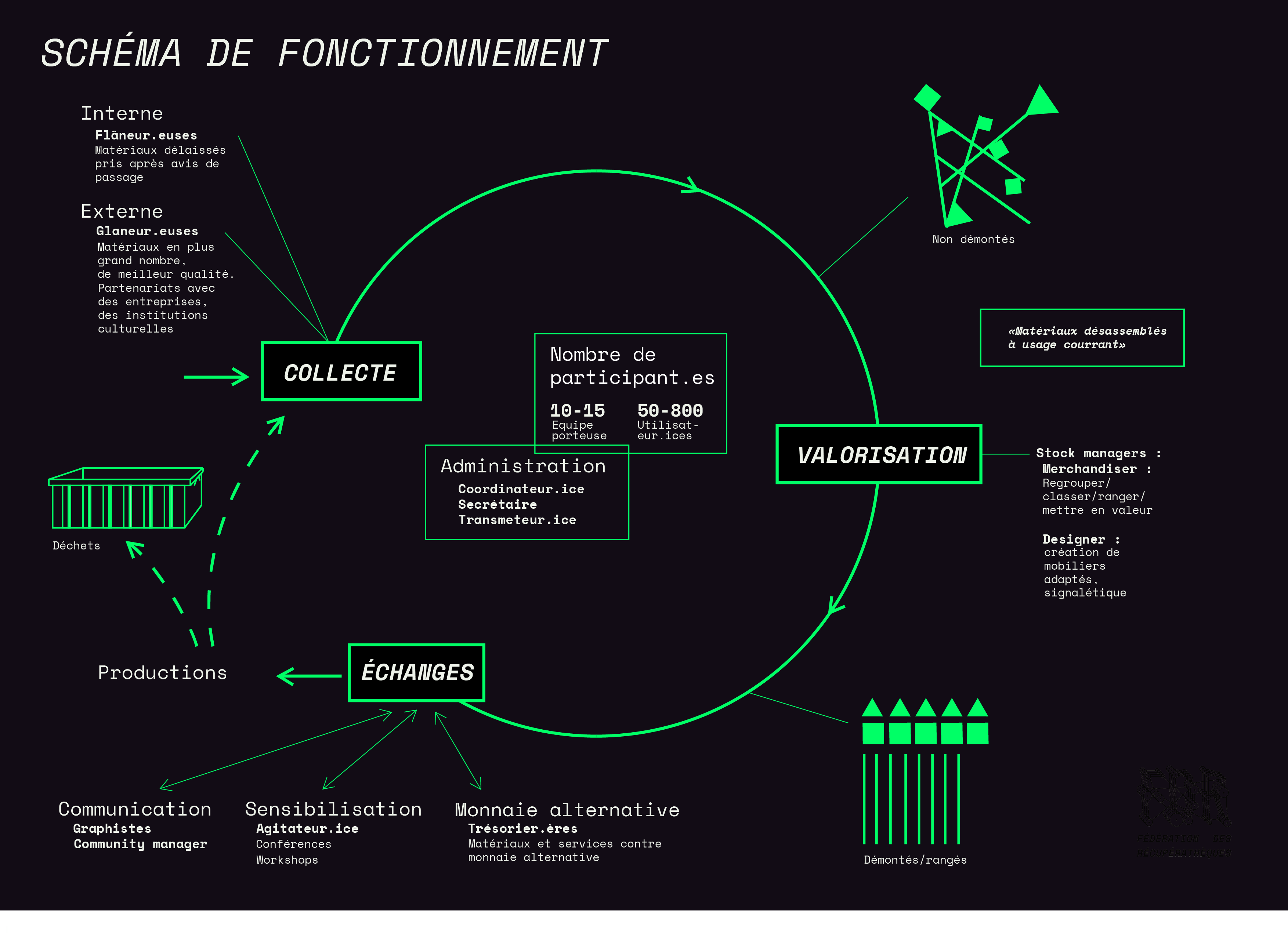A Recuperatheque is a collaborative store of reused materials within a school of creation. It operates with its own currency or its own exchange system. It aims at promoting sustainability, solidarity at creating social cohesion in schools.
The goals are to promote sustainability (by providing re-use materials and rewarding waste), solidarity (by reducing the purchase costs) and to create a social link (by a local currency, by knowledge exchanges, being a learning place,)
One of the essential elements of the model is that we can buy materials that can only be acquired with the local currency from the Recuperatheque. This local currency can’t be changed with a real money. To get local currency to buy materials, students have two possibilities. S/he can collect materials that s/he doesn’t need and give to the Recuperatheque or provide services to the Recuperatheque. This local currency puts all students on par and offers greater conviviality. It perpetuates the association and allows to have enough workforce to assign tasks.
As for its organisation, it’s a team of 15 students who manage the Recuperatheque. But most of its daily operations depends on the work of student members who bring their services and materials to the Recuperthèque, paid in local currency.

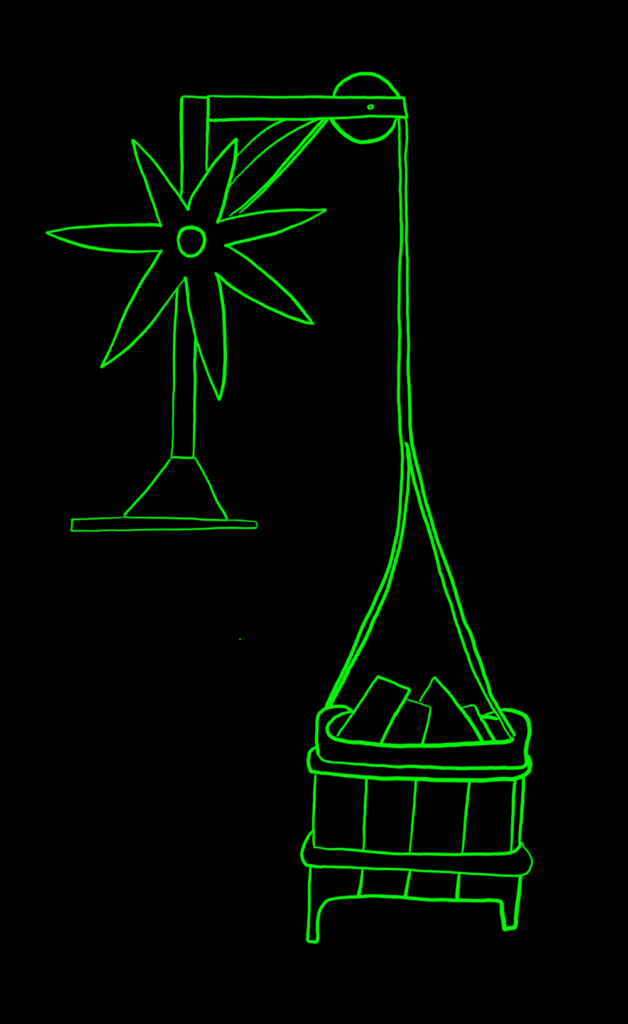
In our shop, the available materials are from old student projects, from companies and cultural institutions. The material harvest takes place within two boundaries, the first one is inside the school (strolling)and the second one is outside the school at maximum 15 km (gleaning).
Strolling is important for harvest. The goal is to exploit the resources that are already in the school. For that, the Recuperatheque team puts some calling cards on the abandoned materials. It allows to have more space and to prevent a possible disaster before the cleaning up at the end of the year.
Gleaning permits to have material with better quality, bigger or that we don’t find in the school because they are rare or precious. The Recuperatheque team makes a partnership with companies or cultural institutions.
Who can buy materials from the Recuperatheque?
To buy materials, students have to be a member of the Recuperatheque. All the students from the schools can be members. For others (former student, artist,…) it’s up to the association to decide whether they can be a member or not.
Be careful, people from outside the school are not allowed to provide services to the Recuperatheque because they are not insured in the event of an accident.
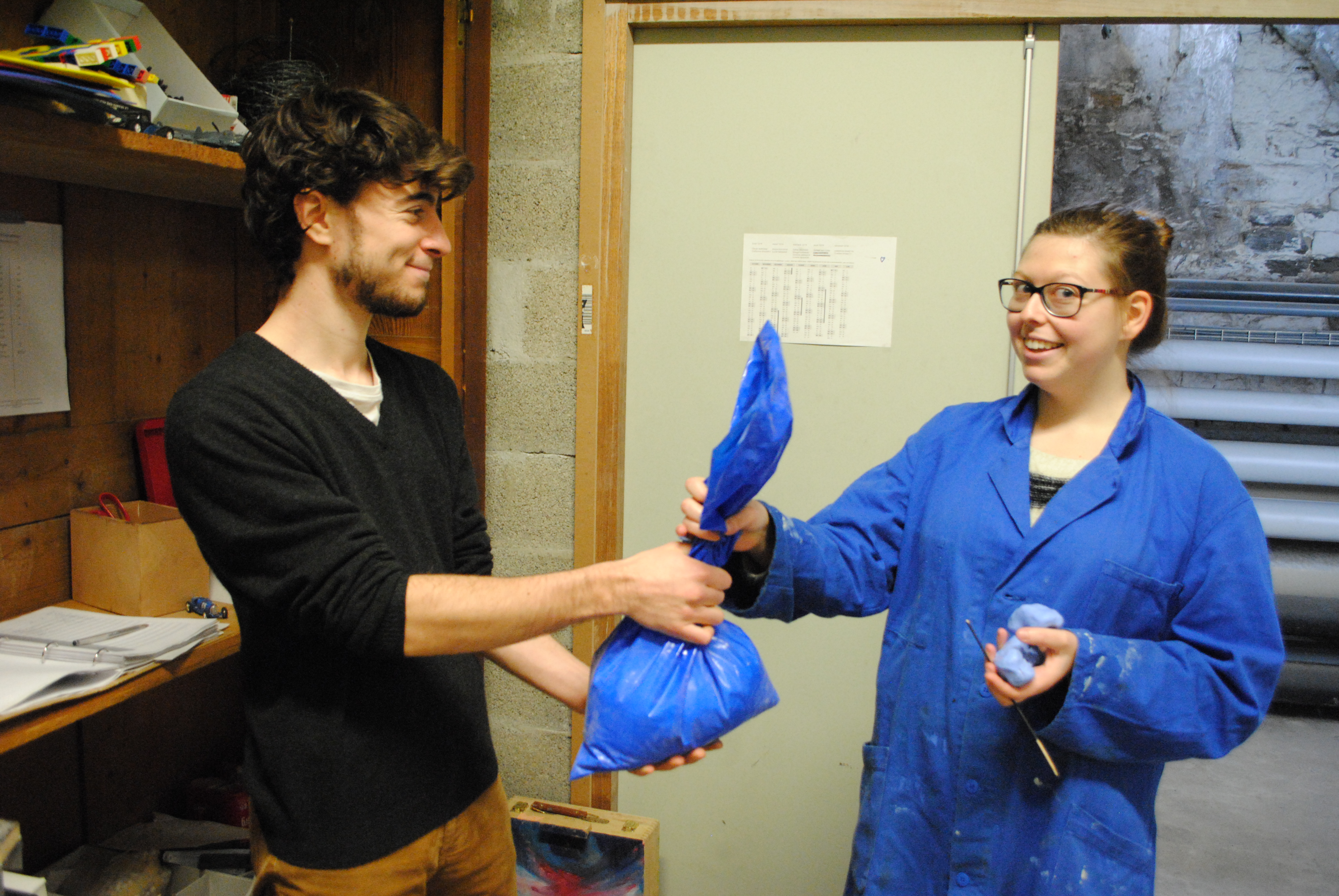

The management of a Recuperatheque is very important. For good operations, it is essential to sprad the tasks amongst differet roles. It allows to alleviate each volunteer for his investment.
The Recuperatheque should be managed by 15 members (the bureau) to guarantee a good team cohesion. All the volunteers should be dynamic and from different horizons. The different roles are, graphic designer, strolling, gleaning, community manager, coordinator, sensitizer, stock manager and spokesperson for the Federation.
Each year, the Bureau organise elections to get a new team. Discussion and decision making are inspired by collective intelligence methods; For example, by forming a discussion framework, by having a facilitator and a secretary, by having an anchor time, by making a meteo tour… The goal of this method is that each person can express themselves about different subjects in a structured way and in a caring environment.
The Federation supervises and advises Recuperatheques with these shared governance methods.
Alternative currency is used, which can be obtained by exchanging materials or by providing services. This local currency cannot be exchanged for real money such as euros, dollars which allows a greater equity among members: indeed, differences in purchasing power can’t impact the ability to acquire materials.
Before exchanging materials or services, students must become a Recuperatheque member. This membership automatically gives right to a basic balance of this currency.
The Recuperatheque operates thanks to an ultra-local economic system where prices are set in relation to the market prices of the conventional economy.
The Recuperatheque is responsible for the payment of members’ salaries and monetary creation but certain tasks can be delegated to other school organisation offering services within the hosting school like a thrift shop or a cooking workshop with unsold food.
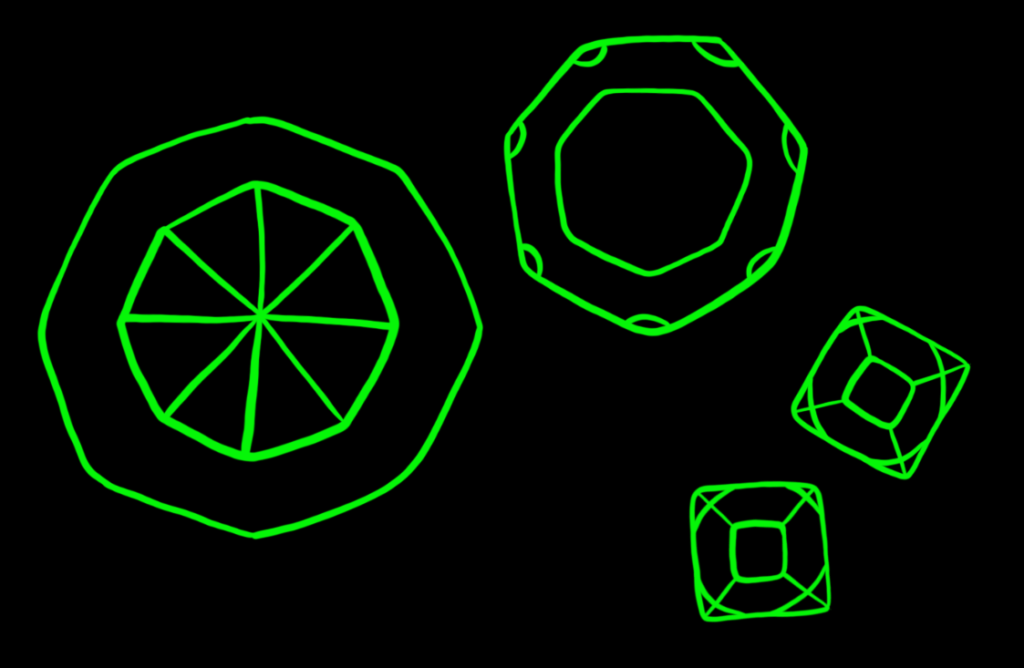
Advantage of the local currency
- Ensure fairness between all members Beyond ensuring a social-economic equality between students (due to the non-convertibility into real currency), the currency allows all the students to access to the Recuperatheques without distinction between them due to cronyism or personal affinities. It allows to give the least subjective and random value possible on the materials exchanged.
- Restore value to waste Due to the local currency the value of materials considered as waste can be restored. Then these materials are reconsidering as precious resources, which therefore have a price! And this is backing up the project’s goal of combating waste of materials.
- Encourage exchange and reuse
The currency creates a virtuous circle in a school. Indeed, ultra-local exchange of materials makes it possible to limit transport costs. And in his turn, this exchange stimulates creation and collective emulation thanks to cheap and accessible resources. Finally, this collective emulation encourages a pooling of everyone’s resources and avoids the “squirrel syndrome”.
- Encourage cooperation
The local currency allows the payment of cooperative services provided by members, and therefore encourages a collaboration of each to a good project’s operation.
Ways to acquire the local currency
- By giving to the Recuperatheque materials that the members found, gleaned or don’t use anymore. These materials will be evaluated by a member of the Bureau, on the basis of a system adopted by the Recuperatheque itself, and exchanged for an amount in local currency.
- By providing services to the Recuperatheque, which always need help for gleaning, loitering, dismantling, storing the place, permanence or any other missions. The basic remuneration is 5 units of local currency per half hour of work (10 units for 1 hour) but in view of the significant involvement of the members (often much more than 10 hours of work per month), the bureau members get an allowance of 100 units each month, not cumulative from month to month.
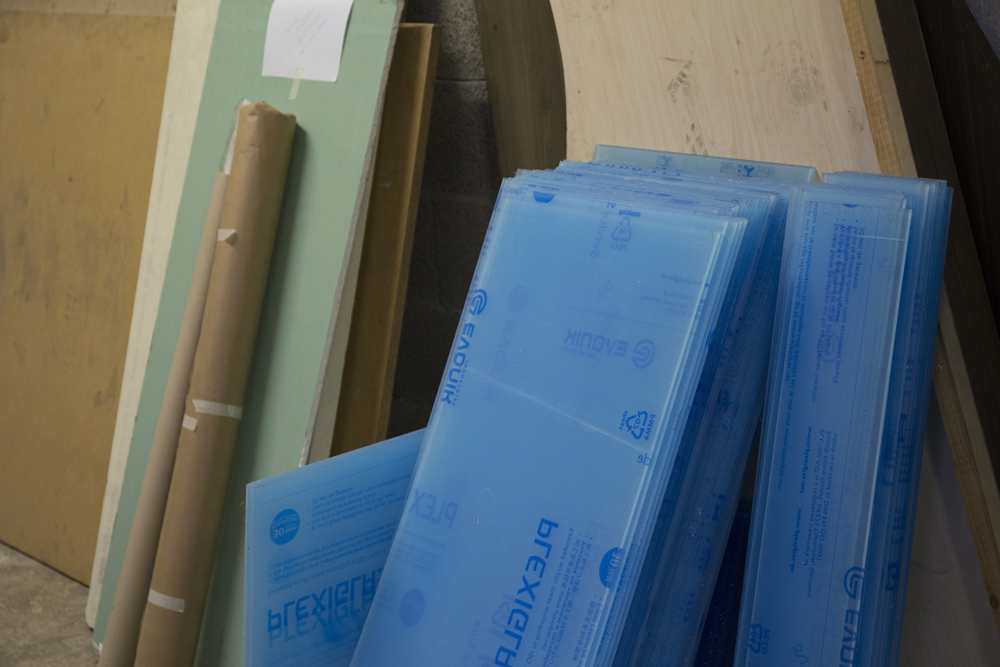

Evaluating the price of a material
The formula for pricing a material is: Each material gets a price per kilo. To determinate a purchase price, we multiply the price per kilo by the quantity purchased (Kg, m², m, l…) and by a coefficient linked to its state/condition.- As new (x1)- never used material. No punches or holes, no paint on it…. The size of the material must allow it to be divided again.
- Good condition (x0,8) – small holes (can be plugged), slight traces of paint (can be sanded). Truncated format
- Medium condition: (x 0.6) -Still assembled (paste, screw, weld). has significant or troublesome traces for a future use.
- Bad condition (x 0.4) – the material is assembled and cannot be disassembled. It has many marks, traces, holes on extended areas.
- Reducing waste production
With a Recuperatheque, a circular economy is set up in the school. The “wastes” of some become the resources of others. They are revalued by new short circuits of the local economy generated by Recuperatheque.
- Raising awareness of to environmental impact of creation
The artistic creation can have a significant impact on the environment, depending on the type of material used and how we use it . A Recuperatheque proposes reusable materials and then induces a reflection on this environmental impact reinforced by thematic awareness campaigns implemented by the Federation.
- Innovating through reuse
Being involved in a Recuperatheque makes it possible to realize that the material assembly has an impact on the possibility of upgrading and reusing the material. It is through this desire to extend the life of materials that eco-design reflexes are put in place, which in turn generate new ways of creating. Moreover, creating with reuse materials generates unexpected and surprising forms that can lead to other ideas and for these reasons, re-employment is also a source of innovation and creativity.
- Avoiding cluttering in spaces
A major problem in art schools, which can even cause security problems is the space congestion. Instead of accumulating materials for a potential future use, students can transfer them to the store in exchange of local money, which will allow them to acquire other materials in the future. Thanks to a system of “notice of passage” affixed to the bulky abandoned materials, students can easily contribute to de-cluttering the school spaces. Then, the owner has one month to manifest, otherwise the material will be considered abandoned and recovered by the Recuperatheque.
- Creating social link and promoting pedagogical transversality
Thanks to the participatory model, the ‘store’ becomes a meeting place where students can exchange about their ideas, knowledges and practices. The barriers between ages and orientations are falling, which creates fertile ground for the establishment of a social dynamic within the school.
- Save money
In our experience, students can save between 400€ and up to 1800€ each year depending on how often they go to the Recuperatheque. Moreover, the school can also save money by minimizing the cost of the waste treatment.
- Offer a local secondary raw material
The proximity of materials with the manufacturing locations and workshops facilitates the access to these materials and reduces their transportation.
- Fostering social and economic experimentation
The Recuperatheque model allows to experiment with another model of non-profit exchange which creates solidarity and aims to sustainability. The alternative currency simplifies the exchange of services and materials and creates value. Firstly because giving a price contributes to revalue materials, and secondly because the monetary creation increases the number of local exchanges. Trade in goods and services are done with a non-pyramidal structure where the collective intelligence takes precedence.
- Open the school to the outside
Through gleaning, students partner with companies close to the school to collect materials. This allows to professionalise students, but it also allows to the school to establish privileged links with local companies.
- Réduire la production des déchets
Avec une Récupérathèque, une économie circulaire se met en place dans l’établissement. Les “déchets” des uns deviennent les ressources des autres, ils sont revalorisés par les nouveaux circuits courts de l’économie locale générée par la Récupérathèque.
- Sensibiliser à l’impact environnemental de la création
La création artistique peut avoir un impact non négligeable sur l’environnement, en fonction du type de matériau utilisé et de la manière dont on l’utilise. Une Récupérathèques proposant des matériaux de réemploi induit naturellement une réflexion sur cet impact environnemental, renforcée par les campagnes thématiques de sensibilisation mises en place par la Fédération des Récupérathèques.
- Innover par le réemploi
L’investissement dans une Récupérathèque permet de prendre conscience que le type d’assemblage des matériaux a un impact sur la possibilité de les revaloriser et de les réutiliser. C’est à travers cette volonté de prolonger la durée de vie des matériaux que se mettent en place des réflexes d’éco-conception, qui engendrent à leur tour de nouvelles manières de créer. En outre, créer avec des matériaux de réemploi introduit une dimension d’aléa qui génère des formes parfois inattendues, surprenantes. Pour ces raisons, le réemploi est également une source d’innovation et de créativité.
- Éviter l’encombrement des espaces
Le modèle “Récupérathèque” permet également de lutter contre l’encombrement des espaces, un problème majeur dans les écoles de création (qui peut aller jusqu’à causer des problèmes de sécurité). Au lieu d’accumuler des matériaux pour un éventuel usage ultérieur, les étudiants peuvent les céder au magasin en échange d’une quantité de la monnaie ultra-locale, qui leur permettra d’acquérir d’autres matériaux à l’avenir. De plus, grâce à un système d’ "avis de passage" apposés sur les matériaux encombrants abandonnés, les flâneurs de la Récupérathèque peuvent facilement contribuer à désencombrer les espaces de l’école. À partir de l’apposition de l’avis de passage, le propriétaire dispose d’un mois pour se manifester, à défaut de quoi le matériau sera considéré comme abandonné et récupéré par la Récupérathèque.
- Créer du lien social et favoriser la transversalité pédagogique
Une Récupérathèque permet également de créer du lien social et de décloisonner les différents groupes au sein de l’école. En effet, grâce à son modèle participatif, le magasin devient un lieu où tout le monde se retrouve et échange sur sa pratique par l’intermédiaire des matériaux. Les barrières entre les âges et les orientations tombent, ce qui crée un terreau fertile pour la mise en place d’une dynamique sociale au sein de l’école.
- Réaliser des économies
Avantage non négligeable, une Récupérathèque permet de réaliser des économies substantielles sur l’acquisition de matériaux. Dans notre expérience, les étudiants peuvent économiser jusqu’à 1800 euros par an et par étudiant selon leur degré de recours aux services de la Récupérathèque, ce qui favorise l’accessibilité des études d’art. De plus, l’école peut également réaliser des économies, en minimisant le coût de traitement de ses déchets.
- Offrir une matière première secondaire de proximité
La proximité des matériaux avec les lieux de fabrication dans l’école facilite non seulement l’accès à des matériaux pour les étudiants mais permet également de réduire le transport de ces matériaux.
- Favoriser l’expérimentation sociale et économique
Le modèle “Récupérathèque” permet d’expérimenter un autre modèle d’échanges non marchands qui créée de la solidarité et vise la durabilité. La monnaie alternative simplifie l’échange de services et de matériaux et crée véritablement de la valeur. Non seulement parce que donner un prix contribue à revaloriser les matériaux, mais aussi parce que la création monétaire permet d’augmenter le nombre d’échanges locaux. La valeur totale de cette dynamique sociale et économique dépasse la valeur quantitative en monnaie conventionnelle des matériaux stockés à la Récupérathèque à un moment donné. De plus, les échanges de biens et de services se font dans une structure vivante non pyramidale, où l’intelligence collective prime. En effet, la Récupérathèque se crée et s’adapte – sans en changer les valeurs et principes fondamentaux – en permanence en fonction des publics étudiants et de leurs pratiques et des compétences propres à chaque membre du bureau.
- Ouvrir l’école sur l’extérieur
Par le glanage, les étudiants établissent des partenariats avec des entreprises proches de l’école pour y collecter leurs déchets de productions. Cela permet de professionnaliser les étudiant·e·s, mais cela permet également à l’école d’établir des liens privilégiés avec des acteurs du territoire.

